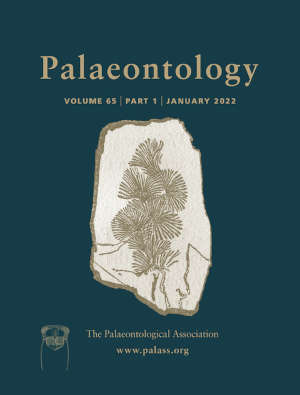Article: On the estimation of body mass in temnospondyls: a case study using the large-bodied Eryops and Paracyclotosaurus
Publication: Palaeontology
Volume:
65
Part:
6
Publication Date:
2022
Article number:
e12629
Author(s):
Lachlan J. Hart, Nicolás E. Campione, and Matthew R. McCurry
Abstract
Abstract Temnospondyli are a morphologically varied and ecologically diverse clade of tetrapods that survived for over 200 million years. The body mass of temnospondyls is a key variable in inferring their ecological, physiological and biomechanical attributes. However, estimating the body mass of these extinct creatures has proven difficult because the group has no extant descendants. Here we apply a wide range of body mass estimation techniques developed for tetrapods to the iconic temnospondyls Paracyclotosaurus davidi and Eryops megacephalus. These same methods are also applied to a collection of extant organisms that serve as ecological and morphological analogues. These include the giant salamanders Andrias japonicus and Andrias davidianus, the tiger salamander Ambystoma tigrinum, the California newt Taricha torosa and the saltwater crocodile, Crocodylus porosus. We find that several methods can provide accurate mass estimations across this range of living taxa, suggesting their suitability for estimating the body masses of temnospondyls. Based on this, we estimate the mass of Paracyclotosaurus to have been between 159 and 365 kg, and that of Eryops between 102 and 222 kg. These findings provide a basis for examining body size evolution in this clade across their entire temporal span.
